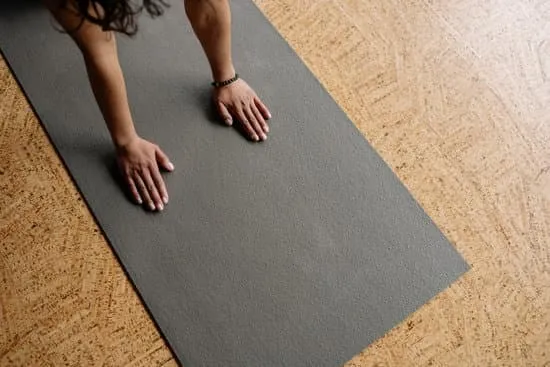Digital Habit Formation: Creating Lasting Change

Habits run on cues, routines, and rewards. By redesigning these elements around your devices, you can transform how you use technology—without relying solely on willpower.
The American Psychological Association emphasizes that sustainable change comes from modifying environments and routines, not just motivation. Pair that with mindfulness skills from Brown University’s Mindfulness Center, and you have a practical blueprint for lasting digital behavior change.
The Behavior Design Lens
- Cue: The trigger that starts the behavior
- Ability: Make the good behavior easy, the unhelpful one hard
- Reward: Immediate satisfaction that reinforces the pattern
| Situation | Old Loop | New Loop | Environment Tweak |
|---|---|---|---|
| Wake-up | Check phone in bed | Stretch + 1 glass water | Charge phone outside bedroom |
| Work break | Open social app | 2-minute walk | App off home screen |
| Evening wind-down | Streaming until late | Read 10 pages | TV off bedroom; lamp + book ready |
Tiny Habits for Big Change
- Place your phone on a charging station outside the bedroom
- After you finish a meeting, stand and stretch for 30 seconds
- When you unlock your phone, take one conscious breath
- Create one device-free meal per day
Identity-Based Habits
Shift from outcomes ("I will use my phone less") to identity ("I am the kind of person who protects deep work and sleep"). Let small wins reinforce this identity daily.

Make Good Habits Obvious
- Put a journal or book in the place you usually scroll
- Move social media into a folder on the last screen
- Use app timers and focus modes in the evenings
Relapse-Ready Game Plan
Slips are part of the process. Prepare in advance:
- If-Then: If I notice a doom-scroll, then I put phone away and take 3 breaths
- One-Click Reset: Home screen with only tools you want to use
- Accountability: Weekly check-in with a friend on 1–2 key habits
Track What You Want to Grow
| Habit | Target | Frequency | Notes |
|---|---|---|---|
| Device-free dinner | 7/7 days | Daily | Basket for phones at table |
| Evening “digital sunset” | 1–2 hours pre-bed | Daily | Read or stretch instead |
| Morning no-scroll window | First 60 minutes | Daily | Alarm clock, phone outside room |
Frequently Asked Questions
Start tiny. Make the behavior take less than 60 seconds, tie it to a reliable cue, and celebrate immediately to reinforce the pattern.
Remove triggers (notifications, home-screen icons), add friction (logouts, app timers), and replace the behavior with a small alternative that meets the same need.
Expect 4–8 weeks for strong patterns, depending on frequency and difficulty. Consistency beats intensity—small daily actions compound.
Change what you can control: rearrange your home screen, create device-free zones, keep chargers outside the bedroom, and enlist household support for shared norms.
References & Further Reading
- American Psychological Association. (2024). "Habits and Behavior Change." APA.org
- National Institutes of Health. (2024). "Healthy Living and Behavior." NIH.gov
- Brown University Mindfulness Center. (2024). "Mindfulness and Habit Loops." Brown.edu
- Harvard Health Publishing. (2023). "Blue Light and Sleep." Harvard.edu

